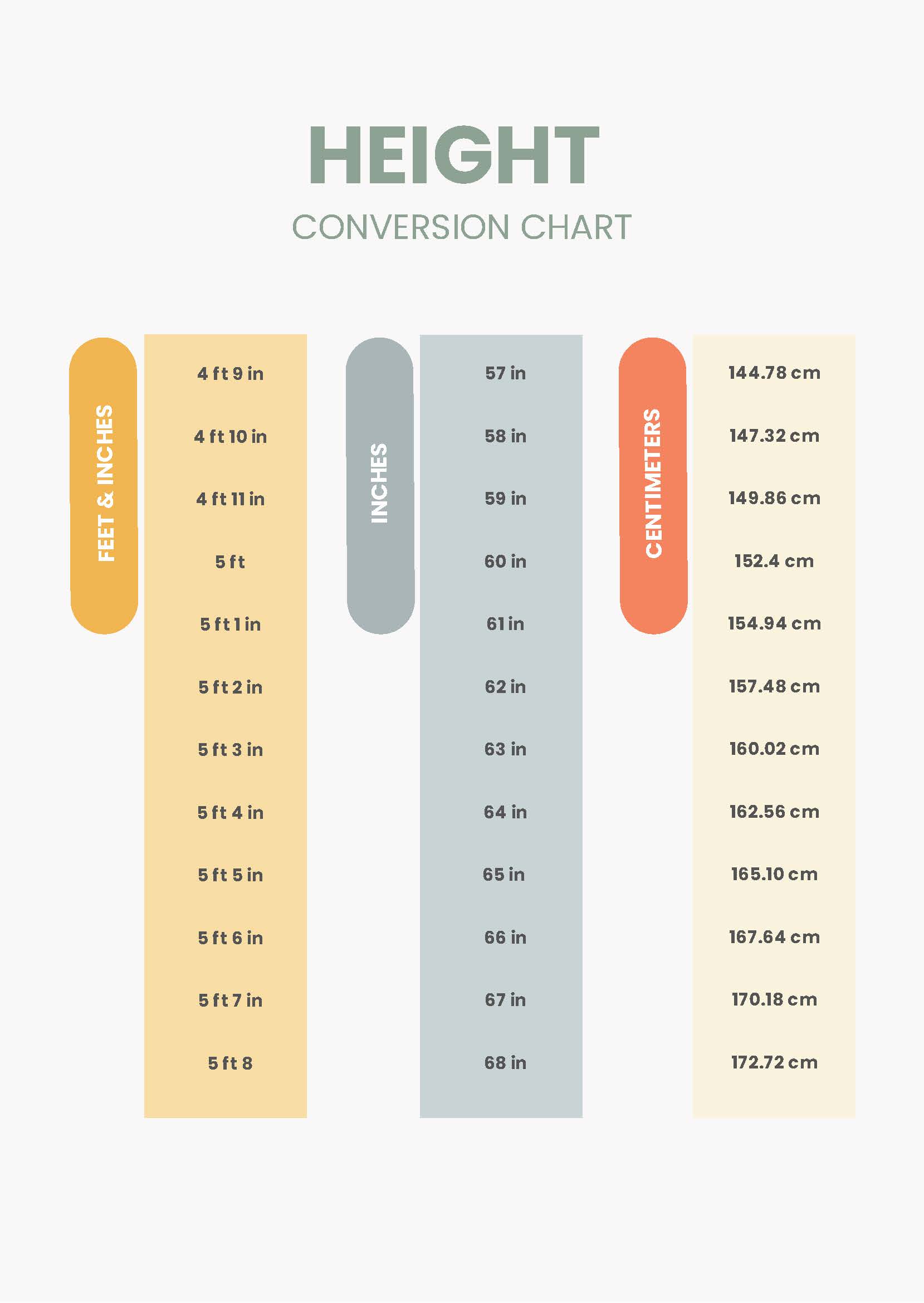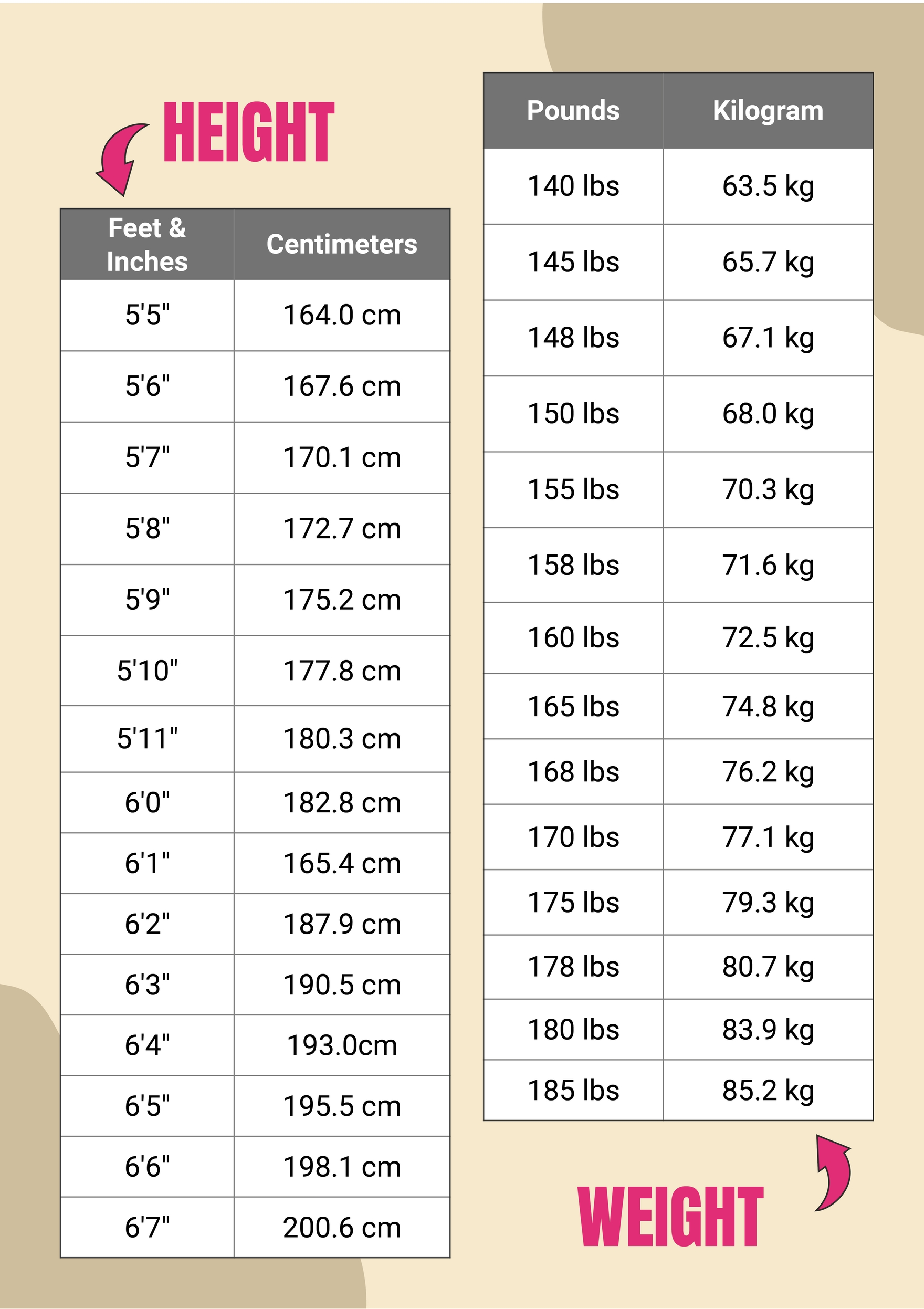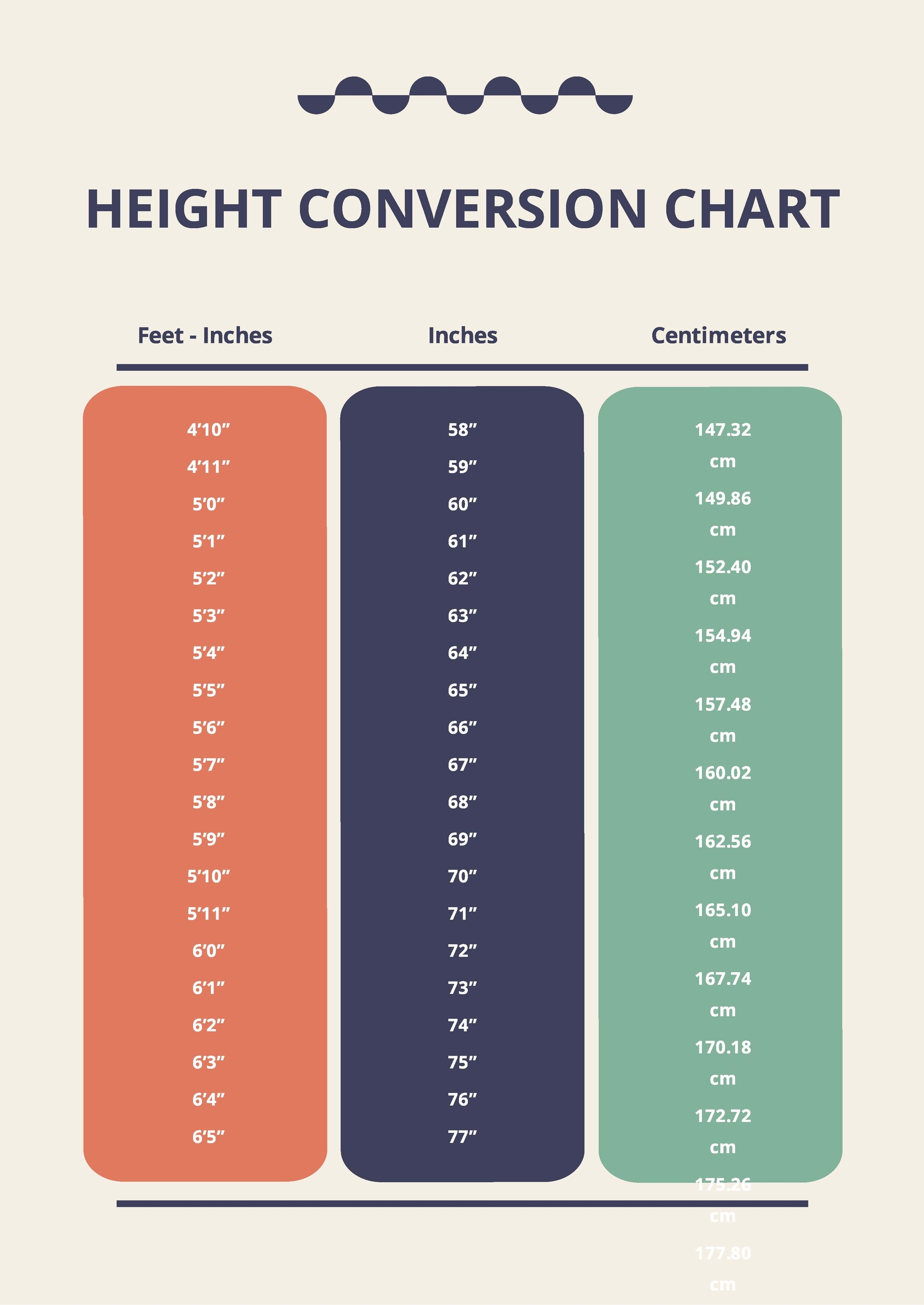Queen Victoria's Height - A Look At Measurements And Words
When we think about historical figures, like Queen Victoria, our minds often turn to their impact, their long rule, or perhaps even their distinct personality. But have you ever stopped to consider how we talk about something as seemingly straightforward as their physical stature? It's a bit more involved than you might first imagine, you know.
How we measure, express, and even truly grasp a person's vertical dimension, whether it's for someone from long ago or someone right now, involves a fascinating blend of language and different ways of looking at things. The particular words we pick, the units we choose, and even the precise way we phrase a measurement can really change how that piece of information comes across, in a way.
This isn't just about simple numbers; it's about the very core of how we communicate about the human form, and how those communications have shifted over time, influencing how we might, for example, talk about the height of Queen Victoria, as a matter of fact.
- Who Is Andrew Weissmanns Wife A Deep Dive Into Their Life Together
- Deidre Holland A Comprehensive Look At Her Life And Career
- Quiero Agua Seegore Understanding The Importance Of Water In Our Lives
- Gabriel Macht Young A Journey Through The Early Years Of The Suits Star
- Who Is Jason Luv The Rising Star In The Entertainment Industry
Table of Contents
- How We Talk About Stature - The Height of Queen Victoria
- Considering Queen Victoria's Stature - A Biographical Perspective on Measurement
- The Language of Height - Describing Queen Victoria's Stature
- What's in a Measurement - Units for the Height of Queen Victoria?
- How Does "Height" Get Its Name? - The Roots of the Word for Queen Victoria's Stature
- Different Ways to Picture Height - Thinking About Queen Victoria's Vertical Dimension
- When is "Elevation" Not "Altitude"? - Clarifying Terms for Queen Victoria's Height
- Putting It All Together - Capturing the Height of Queen Victoria
How We Talk About Stature - The Height of Queen Victoria
When someone asks about a person's height, it seems like a simple request, doesn't it? Yet, the way we choose to present that information can vary a great deal. Consider, for instance, how you might write down someone's physical stature in a formal document versus a casual conversation. There's a question that comes up about whether to use abbreviations or to spell out the full words, like "feet" and "inches" or "centimeters" and "meters." So, if you were to describe the height of Queen Victoria in a written piece, you'd need to decide on that style, too. It makes a difference to how the information is received, you know.
For a long time, people have thought about the best ways to express these sorts of measurements clearly. The question of using abbreviations or writing things out completely isn't just about saving space; it's about making sure the message is absolutely clear and easy for anyone reading it to grasp. It's almost as if the words themselves carry a certain weight, a kind of formality or informality, that impacts the overall tone of what you are communicating about someone's physical build, say Queen Victoria's.
This attention to how we present measurements, even for something as basic as a person's stature, shows how much thought goes into clear communication. It highlights that even simple facts can be presented in a few different ways, each with its own subtle impact. We want to be sure that when we talk about the height of Queen Victoria, the way we phrase it is just right for whoever is listening or reading, so they understand exactly what we mean.
- Exploring The Life Of Chris Carrabbas Wife A Deep Dive Into Their Relationship
- Exploring The Second City Cop Blog A Deep Dive Into Chicagos Law Enforcement Insights
- Sharon Mae Lubin A Comprehensive Insight Into Her Life And Career
- Kat Dennings A Deep Dive Into The Life And Career Of The Talented Actress
- Tessa Thompson Partner 2024 Who Is She Dating
Considering Queen Victoria's Stature - A Biographical Perspective on Measurement
When we approach the topic of a historical figure's physical characteristics, such as the height of Queen Victoria, it's really useful to think about the various elements that shape how we describe such a personal detail. We can't just throw out a number without thinking about the context or the method used to arrive at it. Basically, it's about understanding the different components that contribute to a full picture of someone's physical presence, particularly when the person lived in a different time period. I mean, how would measurements have been taken back then?
This perspective asks us to consider not just the raw data, but the "how" and "why" behind it. It's like building a little profile of how we'd even begin to talk about the height of Queen Victoria, given the tools and conventions of her era. This table below lays out some of those aspects, showing how even a simple measurement has many layers to it, especially when looking back through time. It helps us frame our thinking, sort of, about how to approach such a detail for a well-known historical personage.
| Aspect of Stature Description | Description of the Aspect | Relevance to Queen Victoria's Height Discussion |
|---|---|---|
| Subject of Measurement | The individual whose physical dimension is being considered. | Queen Victoria herself, as the central figure of our discussion. |
| Characteristic Measured | The specific physical attribute being quantified. | Her vertical dimension, or how tall she stood. |
| Measurement Units | The standard scale used to express the length. | Historically, likely Imperial units (feet, inches); today, often metric (centimeters, meters) for general conversation. |
| Method of Recording | How the measurement was captured and preserved. | Could involve historical records, personal accounts, or official documents from her era. |
| Linguistic Expression | The particular words and phrases chosen to communicate the measurement. | Deciding whether to say "five feet" or "152 centimeters," or to simply describe her as "of average build" for her time. |
| Audience Consideration | Who the information is for and how that influences its presentation. | Whether the description is for historians, general readers, or a specific academic setting, influencing formality. |
| Etymological Roots of "Height" | The historical origin and meaning of the word "height." | Understanding the word's background adds depth to how we perceive and use it when talking about Queen Victoria's physical form. |
The Language of Height - Describing Queen Victoria's Stature
Thinking about how we describe someone's stature, like the height of Queen Victoria, really brings up the point about who we are talking to. The way you phrase a measurement can change quite a bit depending on your audience, you know. For instance, if you're writing a very formal historical account, you might use precise numbers and units. But if you're just chatting with a friend, you might use a more general description, like "she was rather short" or "she was about average for her time," sort of.
This idea of audience consideration is actually quite important in all forms of communication. It's about tailoring your words so they land just right with the people listening or reading. When it comes to talking about someone's physical attributes, like the height of Queen Victoria, knowing your audience helps you decide if you should stick to exact figures, use common comparisons, or even explain the measurement system you're using. It's a kind of dance between precision and general understanding, really.
We often see this in how people talk about measurements in different parts of the world. What's the most common way of saying someone's height in meters and centimeters in American English compared to Australian or British English? These slight differences in phrasing show how language adapts to local customs and expectations. So, if you were to share information about the height of Queen Victoria, you'd probably pick the phrasing that feels most natural to your particular audience, making it easy for them to grasp, well.
What's in a Measurement - Units for the Height of Queen Victoria?
When someone tells you a person is "169 centimeters tall," you probably have a pretty good idea of what that means, right? That's a very common way of expressing height in many places, and it shows how measurements can be communicated clearly. But what if you were talking about the height of Queen Victoria in a historical context? Would you use feet and inches, which were more common in her time, or convert it to centimeters for a modern audience? This choice is about more than just numbers; it's about cultural familiarity, too.
The way we express measurements, whether it's for a person's stature or the size of a building, can sometimes have slightly different common usages depending on where you are. For example, there's a question about whether "stories" and "floors" are just different words for the same thing when talking about a building's height, or if there's a subtle distinction. They are, in fact, often used as aliases for each other in different variations of English, which is interesting. This just goes to show that even when we're talking about something as straightforward as vertical distance, the language we use can have its own quirks, honestly.
So, when considering the height of Queen Victoria, the choice of units and the common phrasing really matter. If you're talking to someone who primarily uses the metric system, stating her height in centimeters makes it much more accessible to them. If you're addressing an audience more familiar with historical imperial measurements, then feet and inches might be a better fit. It's all about making the information resonate with the people you're communicating with, just.
How Does "Height" Get Its Name? - The Roots of the Word for Queen Victoria's Stature
Have you ever stopped to think about where the word "height" actually comes from? It's kind of fascinating how our language has developed, and the words we use often carry echoes of their very old meanings. According to etymological studies, the word "height" has quite a few possible origins, which is pretty neat. It goes back to Old English, to words like "hiehþu" or "hehþo," which described the highest part or point of something, a summit, or even the heavens themselves. That's a lot of meaning packed into one word, you know.
This ancient connection to "highest part" or "summit" gives the word "height" a rather deep sense of reaching upwards. It comes from a root word, "heah," which meant "high." So, when we talk about the height of Queen Victoria, we're using a word that inherently suggests a measurement of how far up someone extends from the ground. It's not just a neutral term; it carries this intrinsic idea of vertical extension, almost like a peak or a pinnacle, in a way.
Understanding the history of words like "height" can really add a layer of richness to our everyday conversations. It helps us appreciate that language isn't static; it's a living thing with a long memory. So, the next time you hear or use the word "height," perhaps when discussing the height of Queen Victoria, you might just recall its ancient ties to the very idea of being elevated or reaching for the sky, as a matter of fact.
Different Ways to Picture Height - Thinking About Queen Victoria's Vertical Dimension
When we talk about something like height, our minds often picture a simple vertical line, right? But there are other ways to think about vertical dimensions, especially when we consider how we measure and describe things in a more structured way. For example, in a two-dimensional coordinate system, we often say that 'x' is the horizontal axis and 'y' is the vertical axis. It's a pretty straightforward way to map out space, you know.
Now, if you extend that idea to a three-dimensional space, you add a 'z' axis. And then the question comes up: is there a similar, common word for that 'z' axis, like 'horizontal' for 'x' and 'vertical' for 'y'? This kind of thinking, about different axes and dimensions, helps us appreciate that "height" isn't always just a simple up-and-down measurement. It can be part of a larger spatial description, kind of. When we think about the height of Queen Victoria, we're typically focused on her 'y' axis, but it's interesting to consider the broader context of spatial description.
This way of picturing dimensions, whether in two or three planes, highlights that even a concept like "height" can be viewed from different angles, so to speak. It's about breaking down a physical characteristic into its fundamental components. So, while we're usually just thinking about how tall she was, considering these other ways of describing position helps us be more precise in our thinking about the vertical dimension of someone like Queen Victoria, basically.
When is "Elevation" Not "Altitude"? - Clarifying Terms for Queen Victoria's Height
Sometimes, words that seem to mean the same thing actually have very distinct uses, especially in specific fields. Take the airline industry, for instance. They use "elevation" and "altitude," and while both relate to vertical distance, they mean different things. "Elevation" refers to the height above the ground, while "altitude" means the height above sea level. This distinction is really important because altitude is used to figure out air pressure, and elevation is used to make sure you don't crash into things. This shows how crucial precision in language can be, obviously.
This difference between seemingly similar terms applies even when we're talking about a person's physical stature, like the height of Queen Victoria. While we wouldn't use "elevation" or "altitude" for a person, the principle remains: choosing the most accurate word or phrase can make a big difference in clarity. If someone asks for a specific measurement, giving them "five feet" is different from saying "she was a tall person." One is a precise number, the other is a relative description, seriously.
The lesson here is that words matter, and sometimes what seems like a small difference in meaning can have a very real impact on understanding. Just as pilots need to know the exact difference between elevation and altitude for safety, we, too, benefit from being clear and precise when we talk about things like the height of Queen Victoria. It helps avoid confusion and ensures everyone is on the same page about the information being shared, right?
Putting It All Together - Capturing the Height of Queen Victoria
When we pull all these ideas together, it becomes pretty clear that talking about something as seemingly simple as a person's height, like the height of Queen Victoria, is actually quite a layered discussion. It's not just about a number; it's about the language we use, the units we choose, the historical context, and even the very origins of the words themselves. It's about how we communicate a physical attribute in a way that is both accurate and easily understood by different people, essentially.
Think about a statistics course assignment where you need a single word to describe age, height, weight, and BMI. That shows how "height" is considered a fundamental piece of personal data, a key variable in understanding human characteristics. This need for a concise descriptor highlights its importance as a measurable attribute. So, when we consider the height of Queen Victoria, it's about acknowledging it as a distinct, measurable feature that contributes to her overall personal profile, definitely.
So, whether we're considering the old English roots of the word "height," the different ways to express measurements in various parts of the world, or the importance of choosing the right terms for your audience, discussing the height of Queen Victoria becomes a fascinating way to explore the broader topic of how we describe and understand human physical characteristics. It really underscores how much thought goes into communicating even the most straightforward facts, and stuff.
- Preetjatti Leaked Video What You Need To Know
- Matthew Beard Is He Gay
- Jesse Watters Wife Noelle A Deep Dive Into Their Life Together
- How Old Is Winona Ryder In Beetlejuice
- Ultimate Guide To Movie Rezlcom 2024 Your Goto Source For Fresh Films

Height Conversion Chart in PDF - Download | Template.net

Download Metric Height And Weight Conversion Chart Fo - vrogue.co

Human Height Chart in PDF - Download | Template.net